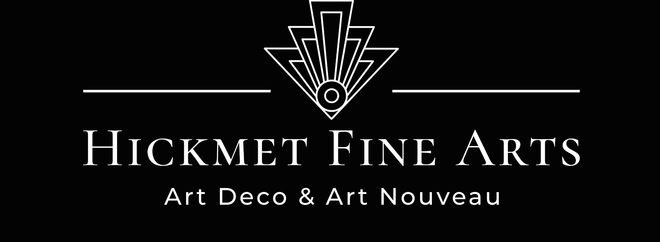GLASS, ALVIN
Sorry, there are no products in this collection
History of the Alvin Corporation
Founded by Wm. H. Jamoneau in 1886 as Alvin Mfg Co in Irvington, New Jersey.
The firm changed to Alvin-Beiderhase Co (c. 1893) under the management of Wm. H. Jamoneau, Henry H. Leibe and George B. Beiderhase moving in 1895 to Sag Harbour, Long Island.
In 1897 Alvin-Beiderhase Co, maker of Official World Fair souvenir spoons for 1893-94 Chicago Columbian Exposition, was purchased by Joseph Fahys & Co (watch-case manufacturer) operating as a branch until 1910.
In 1919 the name changed to Alvin Silver Co until 1928 when assets, dies and patterns were purchased by Gorham Corporation operating in Providence plant as a separated division of Gorham under the name of Alvin Corporation.
CHRONOLOGY
Alvin Mfg. Co. 1886-1893
Alvin-Beiderhase Co 1894-1919
Alvin Silver Co 1919-1928
Alvin Corporation from 1928
THE JEWELERS & CIRCULAR, Jan. 18, 1893
"Undoubtedly the most novel and at the same time artistic work turned out by this company is that known as electro-deposit goods. This class of work was invented and brought to a state of commercial success by this firm. It is applied to decanters, perfume and toilet bottles, caraffes, claret pitchers, flasks, perfume atomizers, and in fact an almost endless variety of articles of crystal glass. The process is guarded as a trade secret; but briefly it may be said, that the article to be silvered is rendered metallic by a coating of silver deposited on the glass surface by the electric current. When this operation is successfully completed, the article is shown completely encased in its covering of pure silver. The article is then taken in hand by skillful artisans who trace the most intricate designs on the silver surface. The designs are of a continuous character and the intervening spaces are by another process cut away or removed, so as to expose the crystal surface in the interstices of the design. The article is then passed to the engraver, who richly embellishes the remaining surface. The engraved surface is then highly polished."
.
